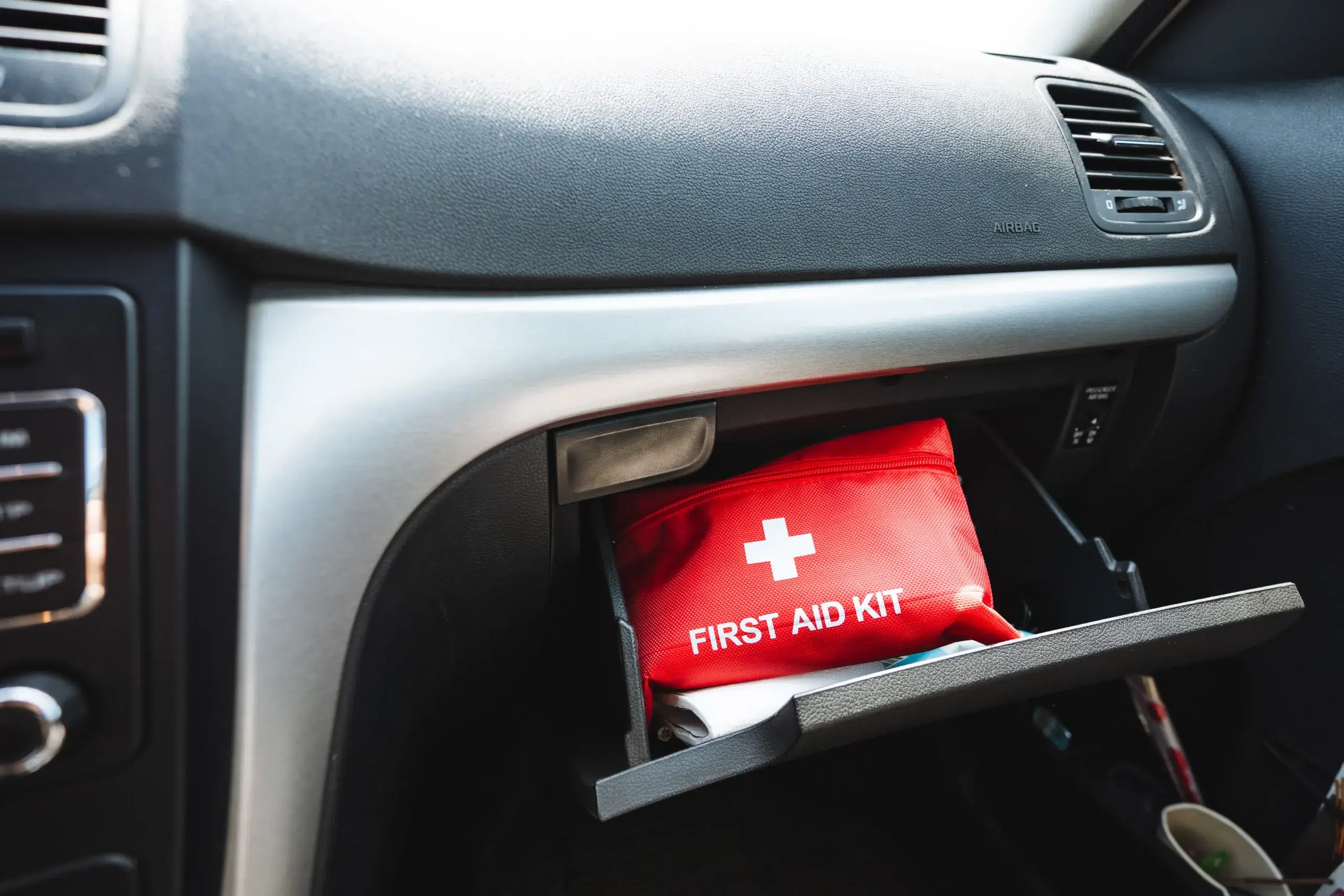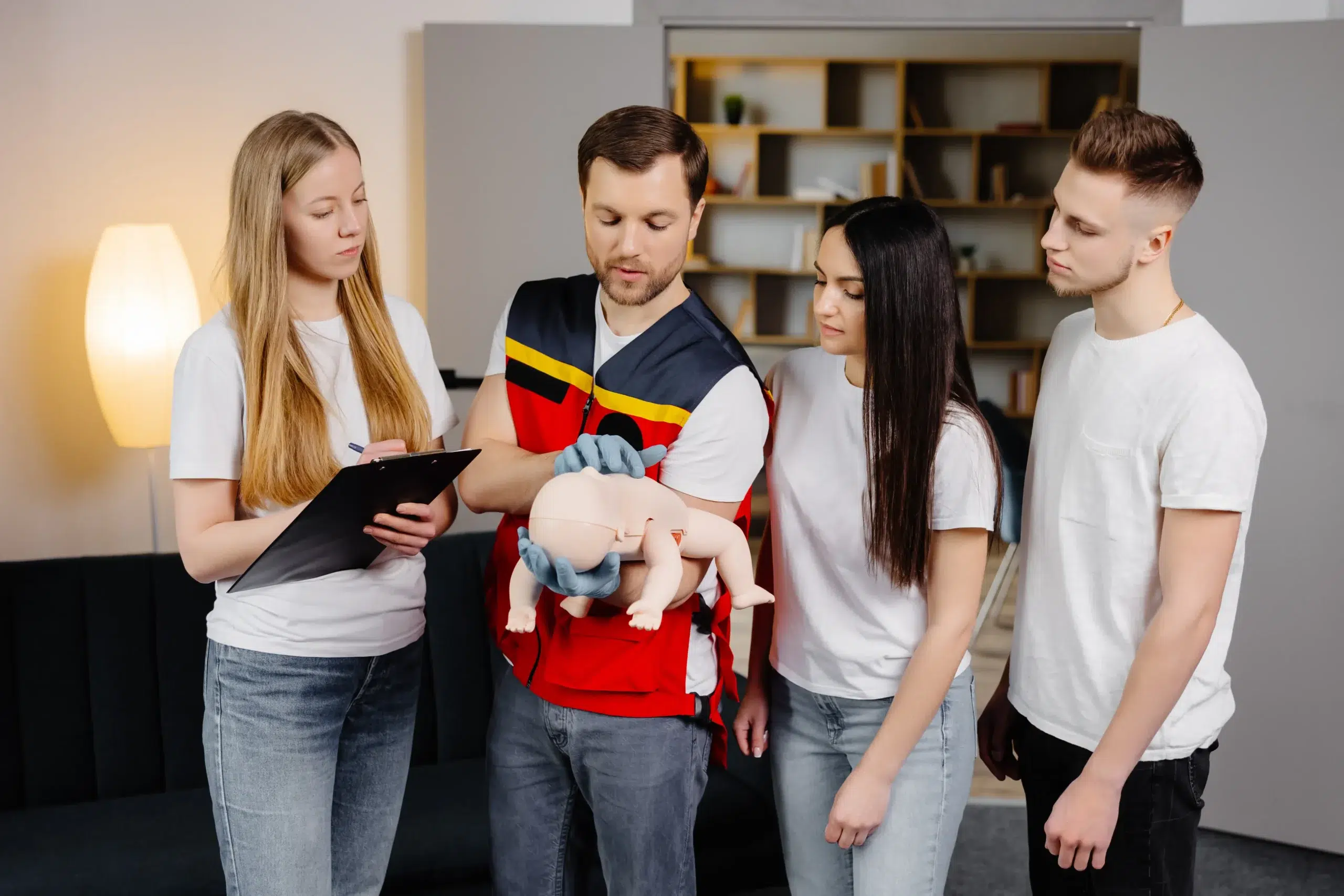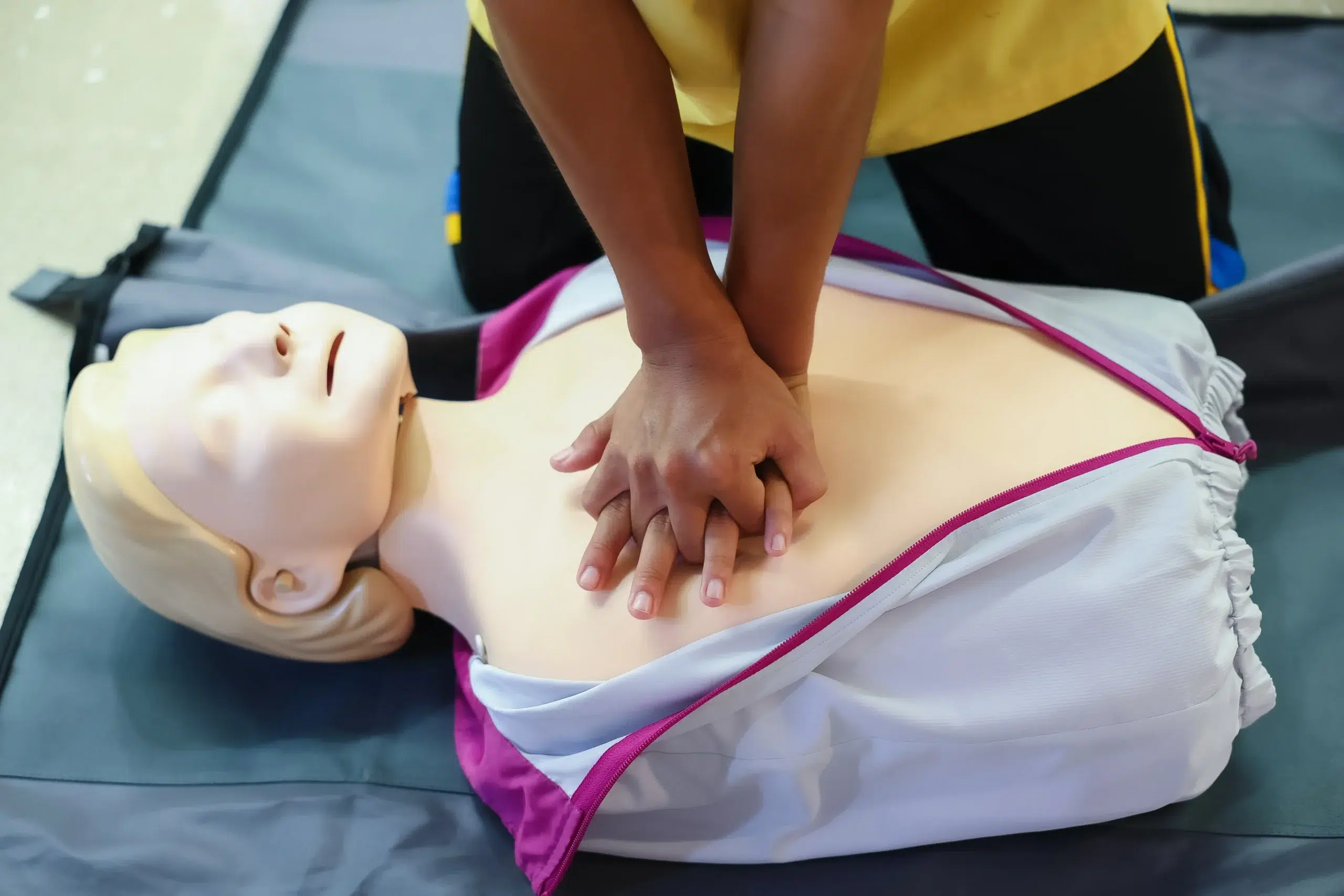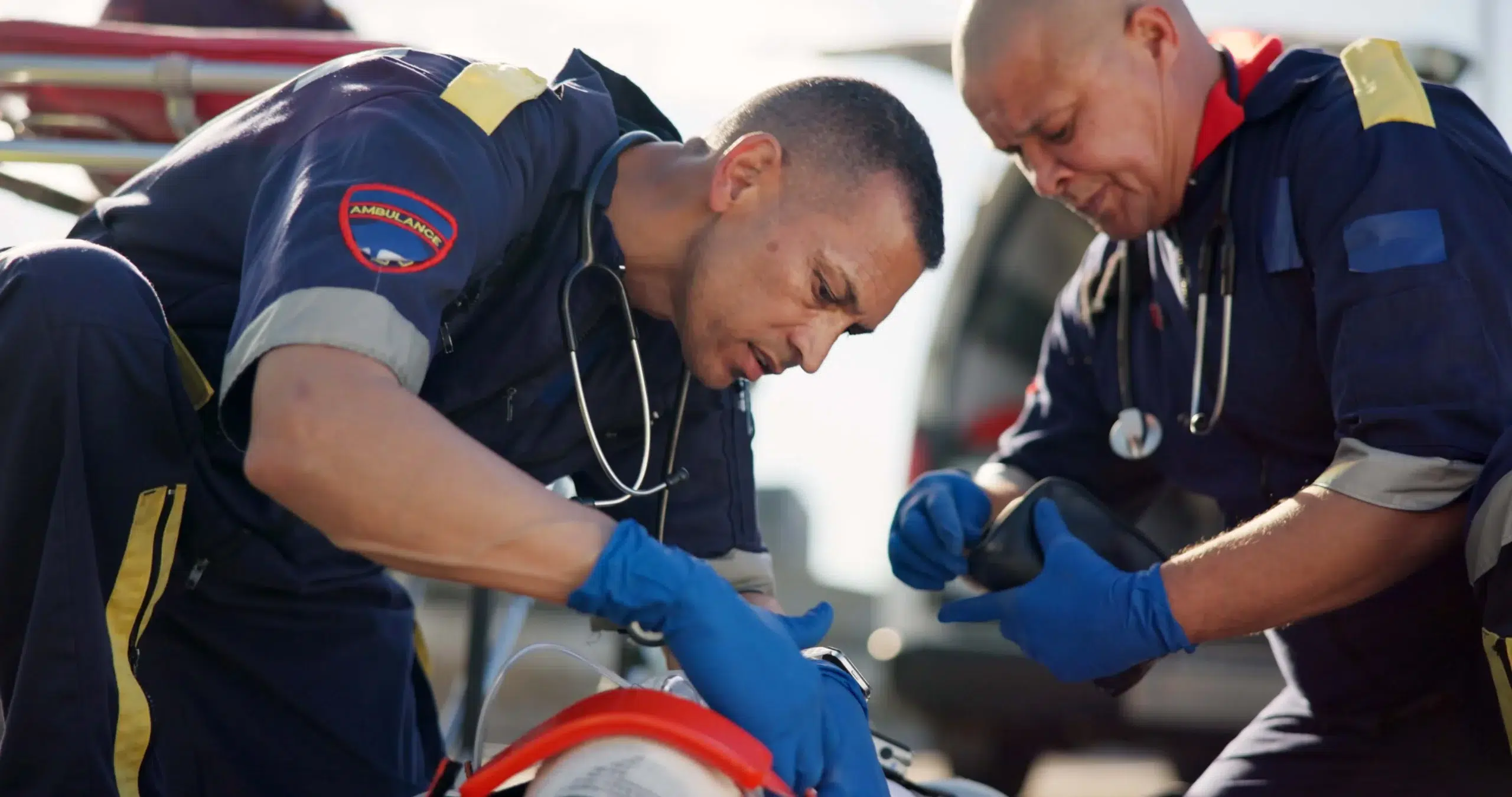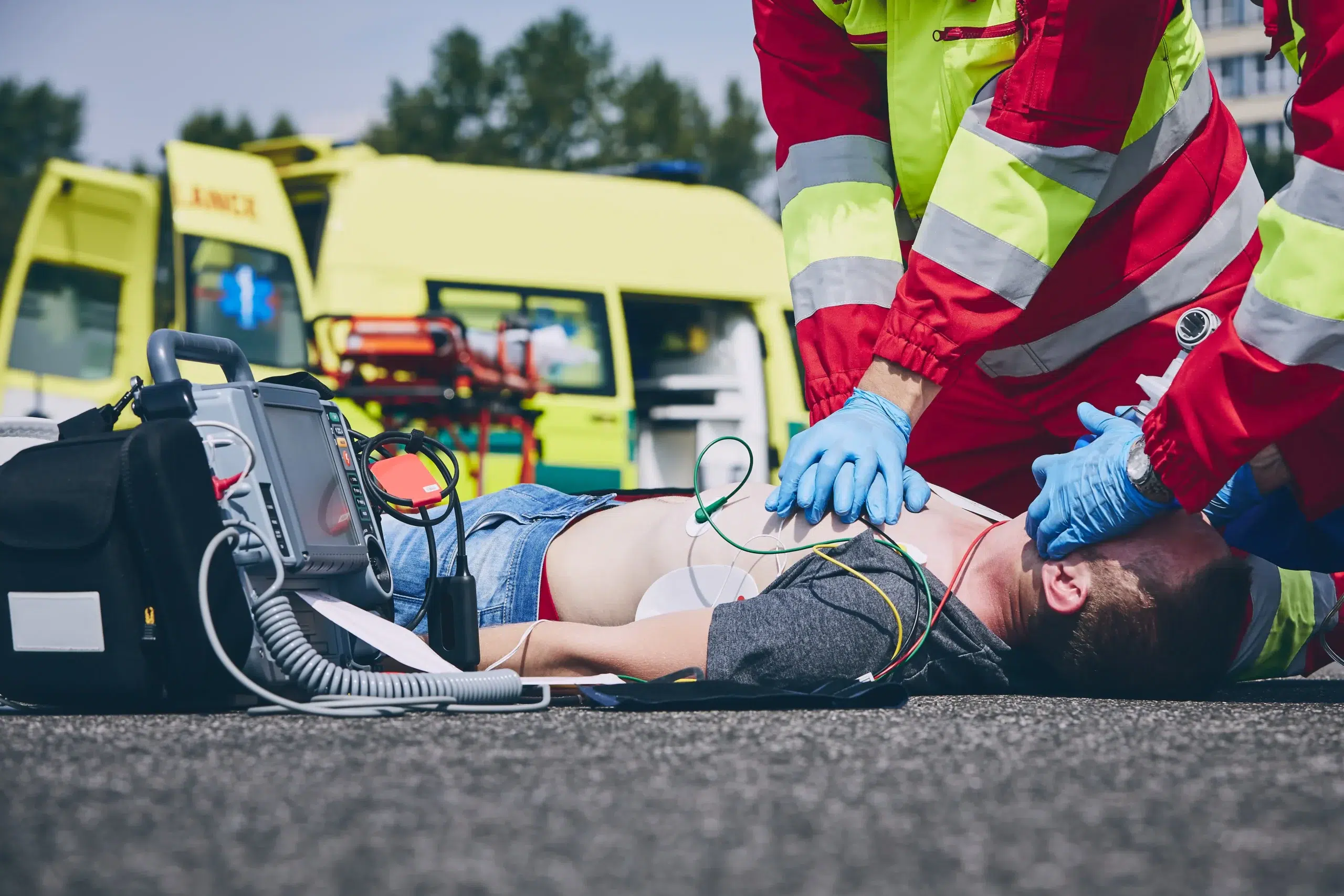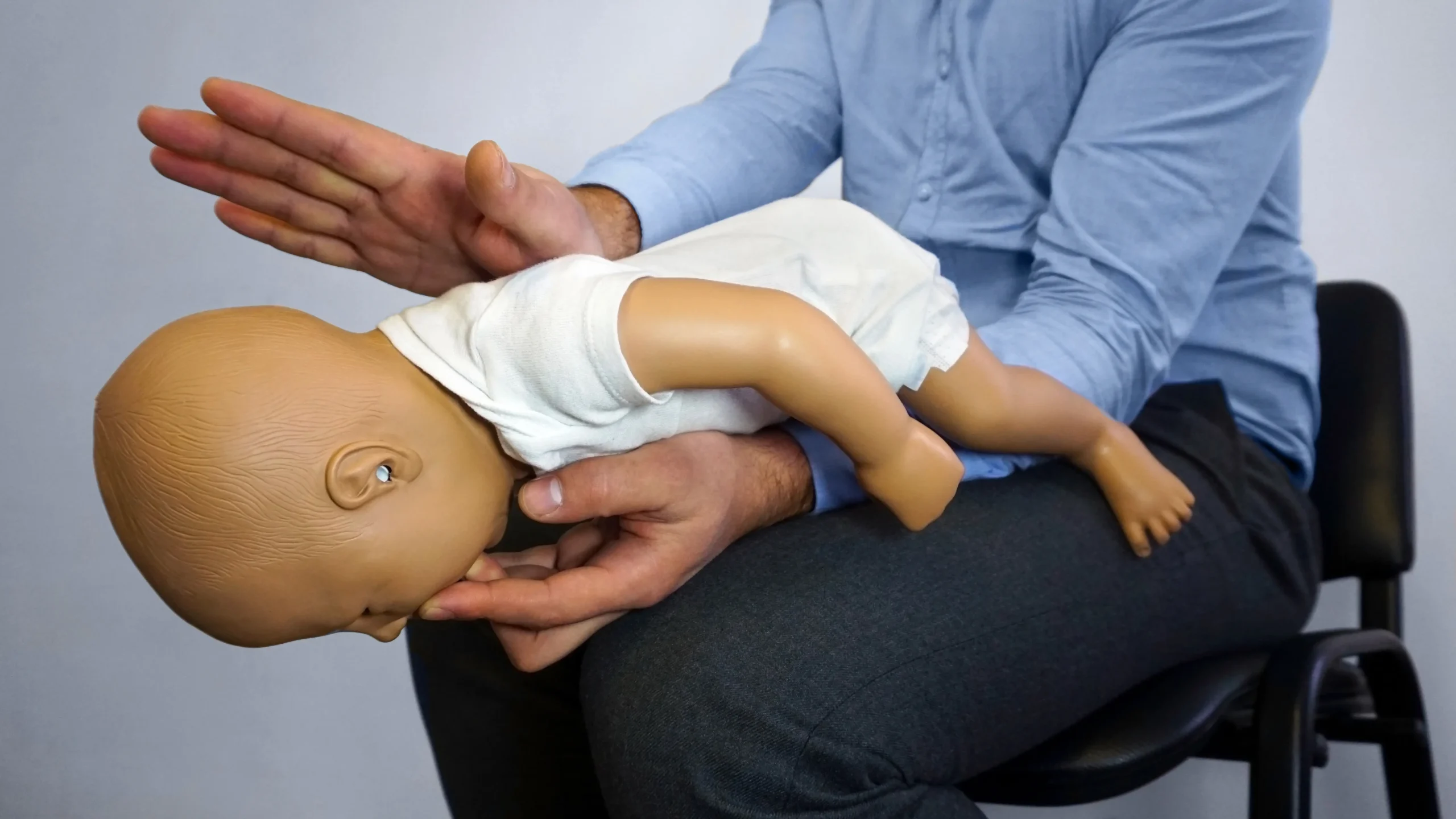Learning CPR is a valuable skill that can empower you to save lives in critical situations. But traditional in-person classes aren’t always feasible for everyone. If you’re in Fremont and searching for a more flexible and accessible option, online CPR classes offer a convenient alternative. This article will guide you through the process of finding and selecting the right online CPR training in Fremont. We’ll cover the benefits of online learning, the different types of CPR certifications available, and how to choose a reputable provider. We’ll also discuss the importance of supplementing your online learning with hands-on practice and address common questions about online CPR training.
Key Takeaways
- Online CPR training offers a flexible path to certification: Combine online coursework with in-person skills sessions to fit CPR training into your busy schedule.
- Select a reputable provider for credible certification: Prioritize AHA-certified training centers with established experience, positive student feedback, and transparent refund policies. Confirm the certification aligns with your workplace requirements.
- Combine online learning with hands-on practice: Reinforce your online CPR training with in-person skills practice and periodic refresher courses to build confidence and maintain essential lifesaving skills.
What are Online CPR Classes in Fremont?
Online CPR classes offer a flexible way to learn lifesaving skills, fitting easily into your busy schedule. They provide the same comprehensive training as traditional in-person classes, but with the added convenience of online learning. This makes them a popular choice for busy professionals, students, and anyone looking to get certified. If you’re in the Fremont area, several providers offer these convenient online courses.
What are Online CPR Classes?
Online CPR training allows you to learn at your own pace, often through a combination of videos, interactive exercises, and downloadable resources. You can study whenever and wherever you have internet access, pausing and reviewing material as needed. This self-directed format makes online learning ideal for those who prefer to absorb information at their own speed or have limited time for traditional classes. Online CPR training has become increasingly popular, offering a practical alternative to in-person instruction.
Benefits of Online CPR Training
Beyond flexibility, online CPR classes often come at a lower cost than in-person options. This makes them a more budget-friendly choice. The ability to learn at your own pace is another significant advantage, allowing you to fully grasp the material before moving on. Plus, you can always revisit the training materials for a refresher, which helps reinforce your knowledge and skills.
Types of Online CPR Certifications
Several types of online CPR certifications are available in Fremont, designed for different needs. Safety Training Seminars offers American Heart Association (AHA) certified courses, including CPR, BLS, ACLS, PALS, and First Aid. Other providers, like CPR Education, offer various certifications, from basic Heartsaver CPR/AED to more advanced certifications like Basic Life Support (BLS) and Pediatric First Aid. Choose a certification that aligns with your specific requirements, whether for personal knowledge, workplace requirements, or professional development.
Top Online CPR Class Providers in Fremont
Finding the right CPR certification course can feel overwhelming with so many options available. To help you, we’ve compiled a list of reputable providers offering online and blended learning CPR classes in Fremont. Remember to verify that the certification meets your specific requirements.
Safety Training Seminars
Safety Training Seminars, a woman-owned AHA Training Center, offers various American Heart Association (AHA) certified courses, including CPR, BLS, ACLS, PALS, and First Aid. They focus on accessibility, with a low price guarantee and extended customer service hours. While their primary location is in nearby Newark, they offer online and blended learning options making their courses convenient for Fremont residents. Check their website for discount group rates and student discounts. You can also view their BLS course calendar for upcoming classes.
American Red Cross
The American Red Cross is a well-known provider of CPR and First Aid training throughout California. They offer various learning formats, including online, in-person, and blended learning, allowing you to choose the best option for your schedule and learning style. Their in-person classes provide hands-on training, and certifications typically last two years, meeting OSHA requirements.
American Heart Association
The American Heart Association (AHA) sets the standard for CPR and emergency cardiovascular care. While they don’t directly offer online courses, they provide resources and guidelines for training centers. Many providers in Fremont, including Safety Training Seminars, offer AHA-certified courses that may include online components. Look for an AHA Training Center to ensure you receive high-quality instruction.
National CPR Foundation
The National CPR Foundation offers nationally accredited online CPR certification courses. Their programs adhere to the latest AHA and OSHA guidelines, covering essential life-saving skills. The online format provides flexibility for those with busy schedules. You can explore their course offerings and reviews on their website.
CPR Education
CPR Education offers a range of CPR and First Aid classes in Fremont, including AHA Heartsaver, BLS, and Pediatric First Aid with CPR/AED. They cater to individuals with varying levels of experience, including those with no prior medical background. Visit their website to learn more about their course schedules and pricing.
FirstAidPro
FirstAidPro offers a nationally accredited online CPR course (HLTAID009) that meets Australian workplace requirements. While not specifically tailored to US regulations, it covers fundamental CPR skills, including DRSABCD and AED use. If you’re looking for a basic online CPR course, you can learn more about their program on their website. However, double-check with your employer or licensing board to ensure this certification meets their specific requirements.
How do Online CPR Classes Work?
Online CPR classes offer a convenient way to learn lifesaving skills, but they typically involve more than just watching videos. Most reputable programs use a blended learning approach, combining online instruction with in-person skills practice and testing.
Course Structure and Duration
Online CPR training usually allows you to learn at your own pace. You’ll work through modules covering essential topics like recognizing cardiac arrest, performing chest compressions, giving rescue breaths, and using an AED. These online modules often include videos, interactive exercises, and downloadable resources. The online portion offers flexibility, but remember that an in-person skills assessment is crucial for certification. The American Red Cross, for example, offers a blend of online and in-person learning for their CPR training and certification classes in California.
Blended Learning Options
Many online CPR courses follow a blended learning model. This means you’ll complete the coursework online, then schedule a short in-person session for a hands-on skills assessment with a certified instructor. Some programs might offer slightly different blended learning pathways. For example, you could complete an online knowledge assessment and then attend a one-hour in-person practical session. This approach ensures you grasp both the theory and practical application of CPR techniques. FirstAidPro offers this type of blended learning.
Hands-On Skills Assessment Requirements
Even if you’ve had CPR training before, regular practice is essential. Studies show that skill proficiency can decline within months, highlighting the importance of hands-on assessments. These in-person sessions allow instructors to evaluate your technique, provide feedback, and ensure you’re prepared to respond effectively in a real emergency. The American Red Cross emphasizes the importance of these assessments, even if your previous certification has lapsed.
Access to Resources and Materials
Reputable online CPR courses provide the materials you need to succeed. This often includes digital resources like videos, presentations, and downloadable guides. Some providers may also offer access to physical resources, such as manikins and AED trainers, during the in-person skills sessions. When choosing a provider, make sure to inquire about the specific resources offered. FirstAidPro, for instance, includes comprehensive materials as part of their course.
CPR Certification, Recognition, and Costs
CPR certification is an investment in your skills and can be a job requirement. Understanding the different certifications, how employers view them, and the costs will help you make smart choices about your training.
Common Certifications and Their Validity
Several organizations offer CPR certification, but the American Heart Association (AHA) is the most widely recognized. Safety Training Seminars offers AHA-certified courses in CPR, BLS, ACLS, PALS, and First Aid. These certifications are typically valid for two years. You’ll need to recertify after that.
Employer Acceptance and Industry Standards
Most employers who require CPR certification accept AHA certifications. In-person training leading to AHA certification is often required for many healthcare settings and other regulated industries. Online CPR courses are convenient, but they don’t usually satisfy OSHA requirements, which often mandate hands-on training. So, if your workplace requires OSHA compliance, in-person training is the way to go.
Average Pricing and Available Discounts
CPR certification costs vary by provider and the type of certification. Safety Training Seminars offers a low-price guarantee for courses in Alameda County, making quality training more affordable. It’s always a good idea to look for providers that offer discounts, especially for students or groups.
Group and Corporate Training Options
If you’re responsible for certifying a group of employees or belong to an organization that needs CPR training, look into group or corporate training packages. Many providers, including Safety Training Seminars, offer discounted rates and can customize the training for your industry or group. This is often a more efficient and affordable way to get everyone certified.
Choose the Right Online CPR Class
Finding the right online CPR class requires more than a quick Google search. It involves carefully considering several key factors to ensure you receive high-quality training and a recognized certification. This section breaks down what to look for when choosing an online CPR class provider.
Factors to Consider When Selecting a Provider
First, confirm the provider’s accreditation. Look for organizations like the American Heart Association (AHA) or the American Red Cross, as these are widely respected and trusted within the healthcare community. AHA-certified courses adhere to the latest evidence-based guidelines, ensuring you learn the most up-to-date techniques. Also, check if the provider is a licensed training center. Our CPR and First Aid certification courses at Safety Training Seminars are AHA-certified and meet these rigorous standards.
Beyond accreditation, consider the provider’s history and reputation. How long have they been offering CPR training? A proven track record often indicates a commitment to quality and expertise. Look for providers who specialize in CPR training, rather than those who offer it as one small part of a larger, unrelated curriculum.
Read and Interpret Student Feedback
Don’t underestimate the power of student reviews. Websites like Sitejabber and Trustpilot offer a wealth of feedback that can give you a real sense of a provider’s strengths and weaknesses. Look beyond the star ratings and delve into the actual comments. What are students saying about the course content, the platform’s user-friendliness, and the instructor’s responsiveness? Real student experiences offer invaluable insights. For example, CPRCertified.com boasts a 4.9-star rating from hundreds of reviews, highlighting customer satisfaction. Similarly, the American AED CPR Association holds a 4.8 rating, with many reviews praising the ease of use and flexibility of their online classes. You can find these reviews of CPRCertified.com on Sitejabber and American AED CPR Association reviews on Trustpilot.
Ensure Certification Meets Your Needs
Before enrolling, clarify whether the certification meets your specific requirements. Do you need it for a particular job, a volunteer position, or personal enrichment? Different professions and organizations may have specific certification requirements, so it’s crucial to confirm that the online course aligns with those needs. If you’re unsure, reach out to your employer or the relevant organization to verify their accepted certifications. Our team at Safety Training Seminars is always happy to answer questions about our certification process and how it applies to various professions. Some employers may question the credibility of online CPR certifications, particularly if the course lacks hands-on practice and assessment, so choose wisely. You can learn more about the potential drawbacks of online-only training in this article on online CPR training pros and cons.
Supplement Online Learning with Practical Skills
While online CPR classes offer convenience and flexibility, remember that CPR is a hands-on skill. The best online courses will encourage you to practice your skills in person. Consider supplementing your online training with in-person practice sessions or workshops. This combination of online learning and practical application can significantly boost your confidence and competence in performing CPR effectively. Even practicing on a CPR manikin can make a difference in solidifying your skills and preparing you for a real-life emergency. This article on online CPR training pros and cons further emphasizes the importance of supplementing online learning with hands-on practice.
Common Misconceptions and FAQs
It’s natural to have questions about online CPR training. Let’s clear up some common misconceptions and address frequently asked questions to help you make informed decisions about your CPR certification.
Address Credibility Concerns
Some employers or organizations might question the credibility of online CPR certifications, especially those that don’t include hands-on practice and assessment. It’s important to choose a reputable provider like Safety Training Seminars, an AHA Training Center, which offers blended learning options combining online coursework with in-person skills sessions. This approach addresses credibility concerns by ensuring you receive both theoretical knowledge and practical training. Our blended learning courses meet the requirements for various professions, including healthcare providers, teachers, and other roles requiring CPR certification. We also offer a low price guarantee and convenient access to classes in over 60 cities.
Understand Hands-On Requirements
While online CPR classes offer flexibility and convenience, they often don’t provide the hands-on practice necessary for some certifications, such as those required by OSHA. For those needing OSHA-compliant certification, consider in-person or blended learning CPR training to fulfill the hands-on skill requirements. Check with your employer or regulatory body to determine the specific requirements for your profession. For those in Newark, Fremont, and San Jose, Safety Training Seminars offers convenient in-person training options.
Clarify Certification Acceptance
CPR certification typically has an expiration date, and it’s essential to stay current with your training. However, even with an expired certification, attempting CPR is always better than doing nothing at all. Remember that skill proficiency can decline within months of initial training, so regular renewal is crucial. The American Red Cross emphasizes the importance of staying up-to-date with your CPR skills. Consider exploring options like RQI classes for maintaining your CPR competency.
Tips for First-Time Online CPR Learners
If you’re new to online learning, consider these tips:
-
Look for blended learning: Combine the convenience of online learning with the essential hands-on practice offered in a traditional classroom setting. Blended learning offers a comprehensive approach that caters to different learning styles. Safety Training Seminars offers a variety of CPR and first-aid courses in this format.
-
Choose a reputable provider: Select a recognized training center like Safety Training Seminars, which provides high-quality, AHA-compliant courses that meet industry standards. Take advantage of our discounted group classes for added value.
-
Check for accreditation: Ensure the certification you receive is accepted by your employer or governing body. Our certifications are widely recognized and accepted.
-
Practice regularly: Even after completing your certification, consistent practice is key to maintaining your skills and confidence in emergency situations. Consider refresher courses or practice sessions to stay sharp.
Related Articles
- CPR Courses in Fremont: Find the Right Class for You – Newark CPR Classes
- CPR Classes in Fremont: Your Comprehensive Guide – Newark CPR Classes
- BLS Classes in Fremont: Your Certification Guide – Newark CPR Classes
- CPR Certification in Fremont: A Complete Guide
- Best Online ACLS Classes in San Jose – Newark CPR Classes
Frequently Asked Questions
Are online CPR certifications accepted by employers?
Many employers accept online CPR certifications, especially those that include a hands-on skills assessment component. However, it’s always best to check with your specific employer or licensing board to confirm their requirements. Some industries, like healthcare, may require in-person training. If your job requires OSHA compliance, in-person training is usually necessary.
What’s the difference between online and in-person CPR training?
Online CPR training offers flexibility, allowing you to learn at your own pace and convenience. In-person classes provide a more structured learning environment with direct interaction with an instructor. Many providers now offer blended learning, combining online coursework with an in-person skills assessment, offering the best of both worlds.
How long is a CPR certification valid?
CPR certifications are typically valid for two years. Recertification is required to maintain your skills and ensure you’re up-to-date with the latest guidelines.
How much does CPR certification cost?
The cost of CPR certification varies depending on the provider, the type of certification (CPR, BLS, ACLS, etc.), and the format (online, in-person, blended). Look for providers offering discounts for students, groups, or returning customers. It’s always wise to compare prices and check for any low-price guarantees.
What if my CPR certification has expired?
While an expired certification doesn’t hold the same weight as a current one, attempting CPR with expired knowledge is always better than doing nothing in an emergency. It’s crucial to renew your certification promptly to ensure you’re using the most current techniques and maintain your skill proficiency.
